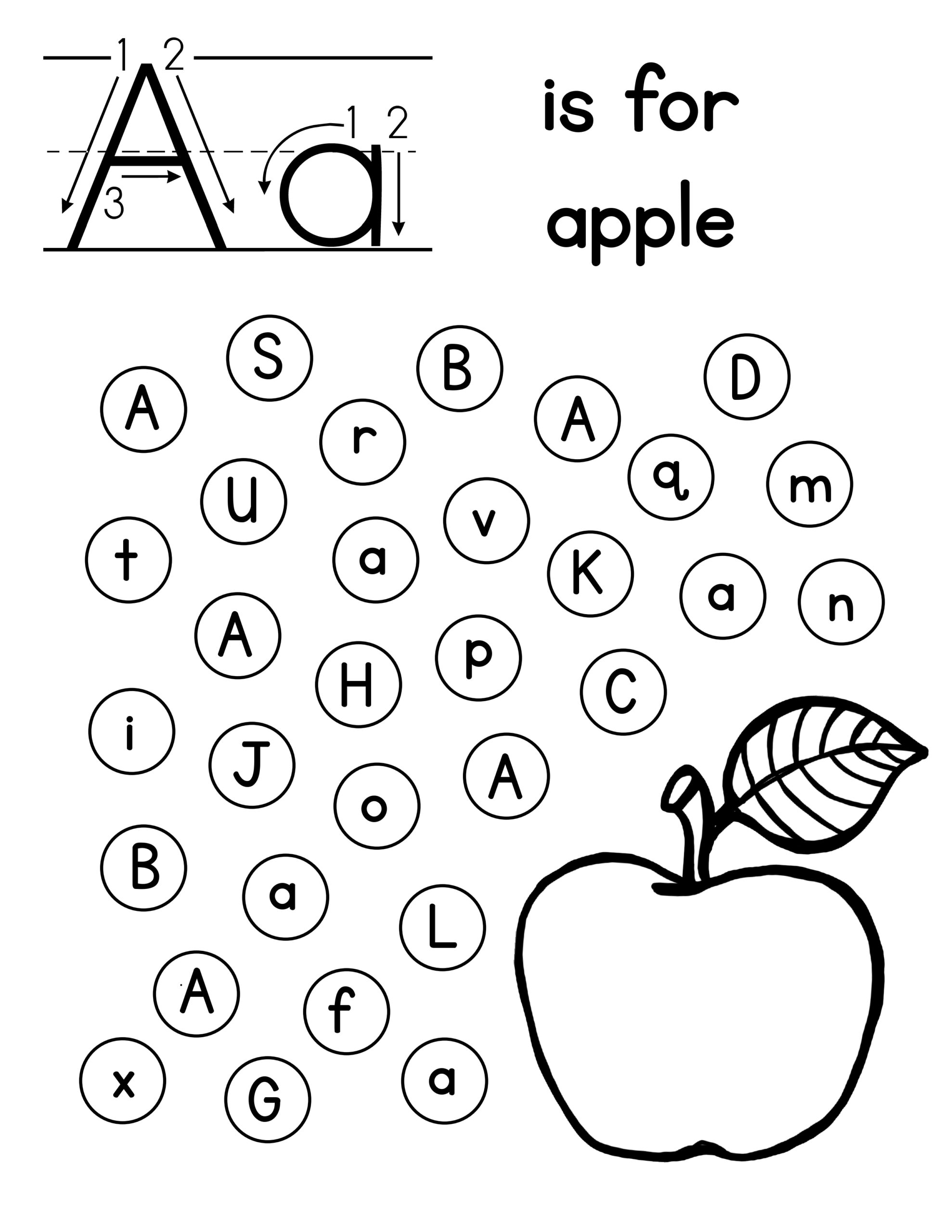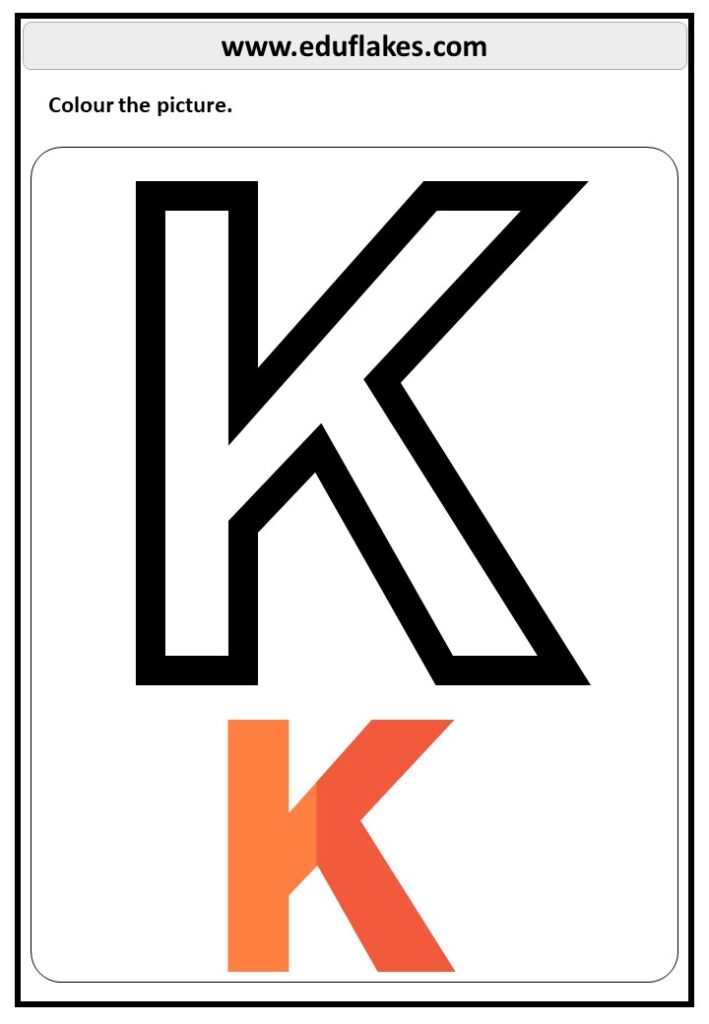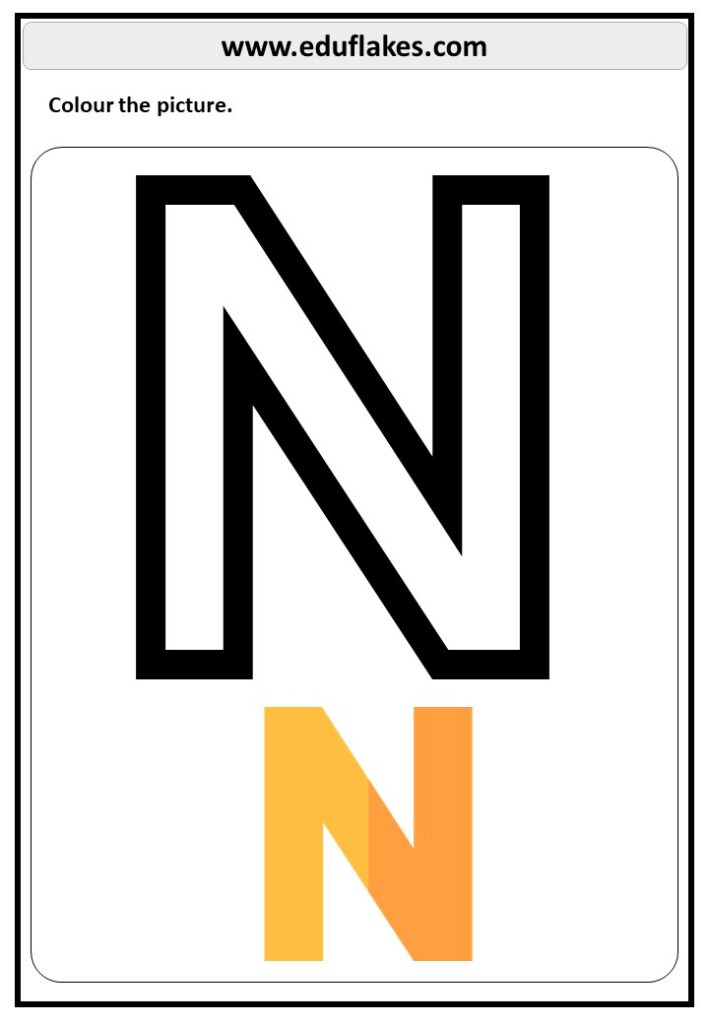Alphabet finding, tracing, and coloring is a fun and engaging way for children to learn their letters. This activity is especially useful for young children who are just starting to learn the alphabet and need a hands-on approach to help them understand and remember the letters.
To begin with, alphabet finding involves searching for and identifying letters in different contexts. This can be done using picture books, flashcards, or even outdoor scavenger hunts. Children can be encouraged to find and name the letters they see, and to identify their sounds.
Once the children have identified the letters, tracing is the next step. Tracing is a helpful way for children to practice writing the letters by hand. Tracing exercises can be done using a variety of materials such as pencils, crayons, or markers. It is important to make sure that the tracing exercises are age-appropriate and not too challenging for the child. Additionally, tracing should be done on paper that is thick enough to prevent the ink from bleeding through.
After the children have traced the letters, they can then move on to coloring. Coloring is a fun way for children to reinforce their learning and creativity. Coloring exercises can be done using different colors and patterns to make the letters more appealing and memorable. This can also help children develop their fine motor skills and hand-eye coordination.
When it comes to alphabet finding, tracing, and coloring, there are many different strategies and techniques that can be used. For example, using picture books that feature the alphabet can help children associate the letters with familiar objects or animals. Flashcards can also be used to help children memorize the letters and their sounds. Similarly, outdoor scavenger hunts can be used to help children find letters in real-world contexts.
Tracing and coloring exercises can also be adapted to suit different learning styles and abilities. For example, children who are visual learners may benefit from tracing exercises that involve tracing over dotted lines or drawing shapes around the letters. Meanwhile, children who are more tactile may prefer tracing exercises that involve manipulating materials such as playdough or clay.
There are many benefits to using alphabet finding, tracing, and coloring exercises to help children learn the alphabet. First and foremost, these activities can make learning fun and engaging, which can help children stay motivated and interested in learning. Additionally, these exercises can help children develop important cognitive and motor skills, such as visual perception, fine motor control, and hand-eye coordination.
Moreover, alphabet finding, tracing, and coloring can also help children develop their language and literacy skills. By learning the letters of the alphabet and their corresponding sounds, children can start to build a foundation for reading and writing. Furthermore, by tracing and coloring the letters, children can develop their handwriting skills and learn to recognize the shapes and forms of each letter.
In conclusion, alphabet finding, tracing, and coloring are valuable tools for helping children learn the alphabet. These activities can be adapted to suit different learning styles and abilities, and can provide numerous benefits, from improving fine motor skills to building a foundation for reading and writing. By making learning fun and engaging, alphabet finding, tracing, and coloring can help children develop a lifelong love of learning and a strong foundation for academic success.








